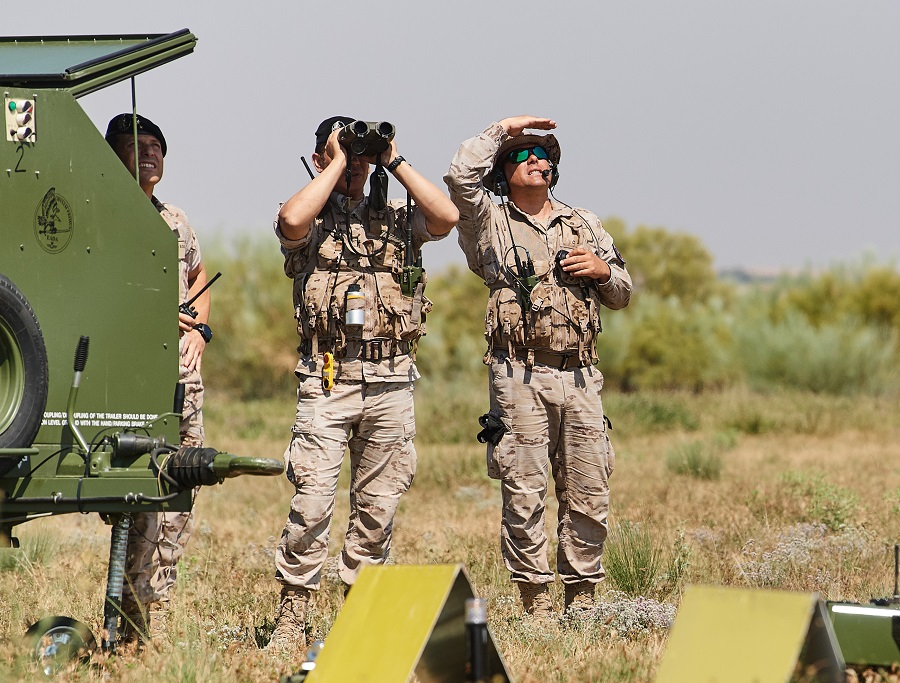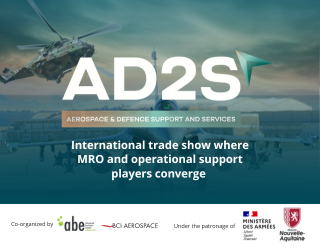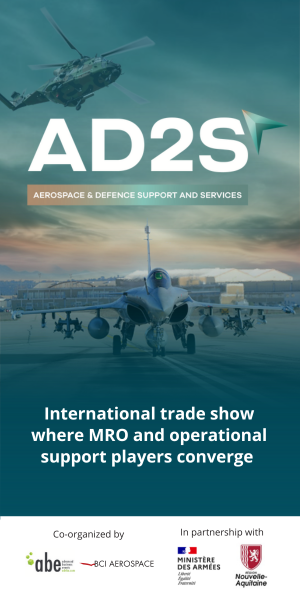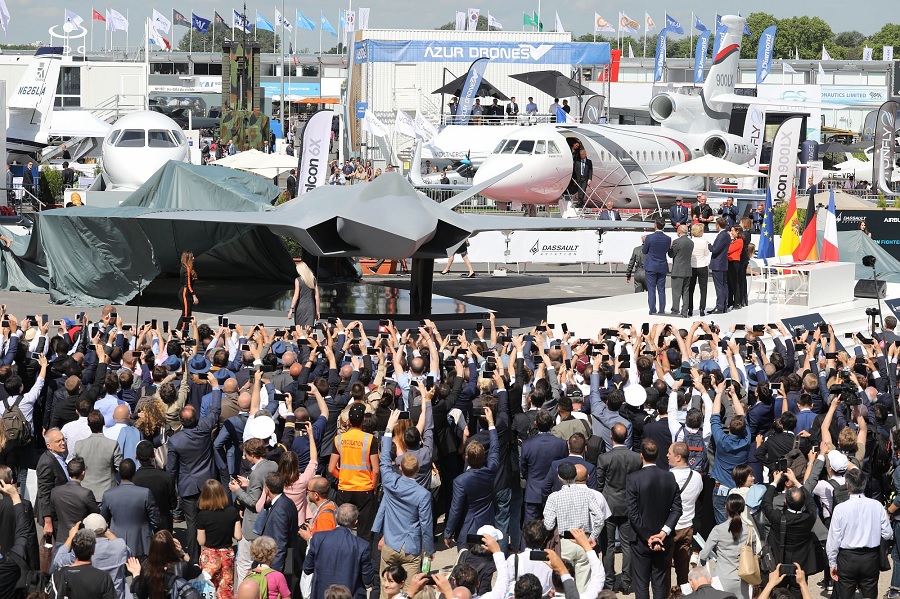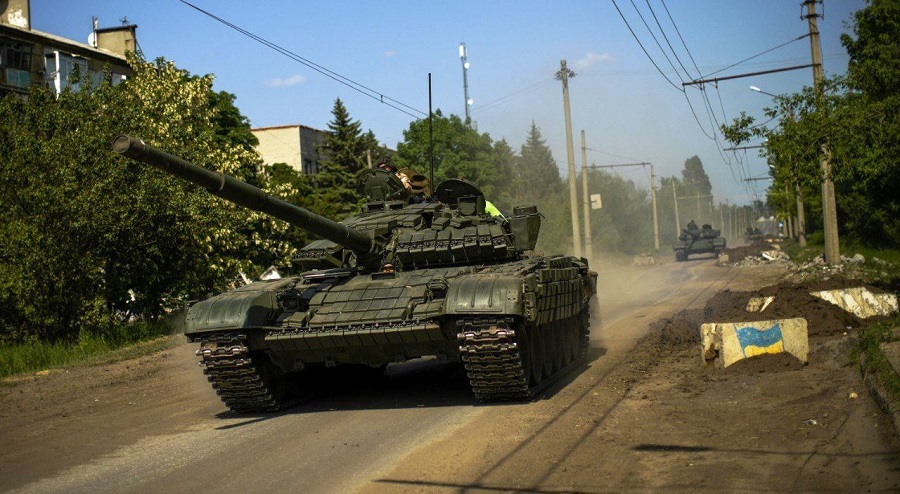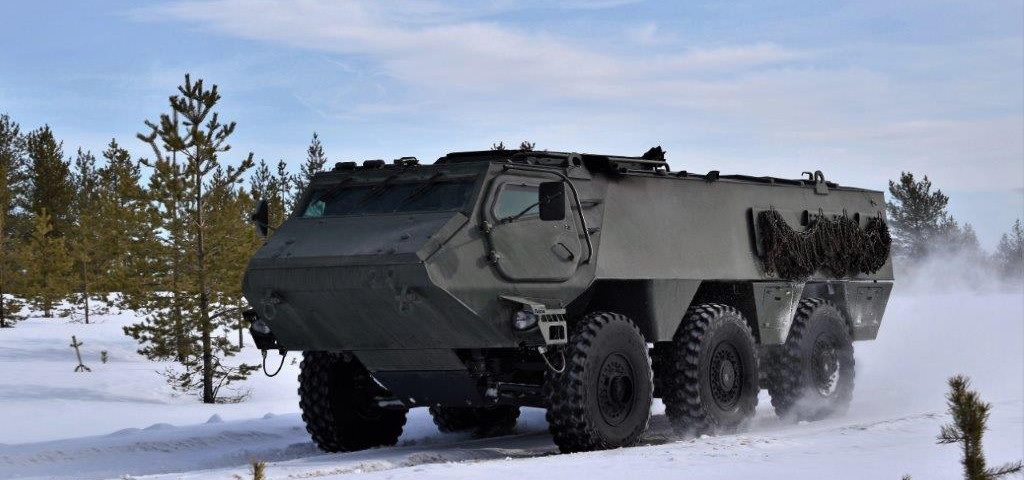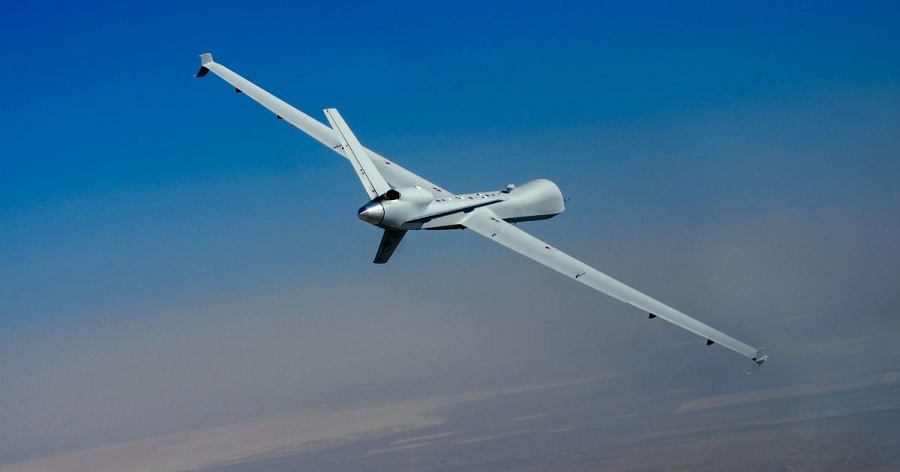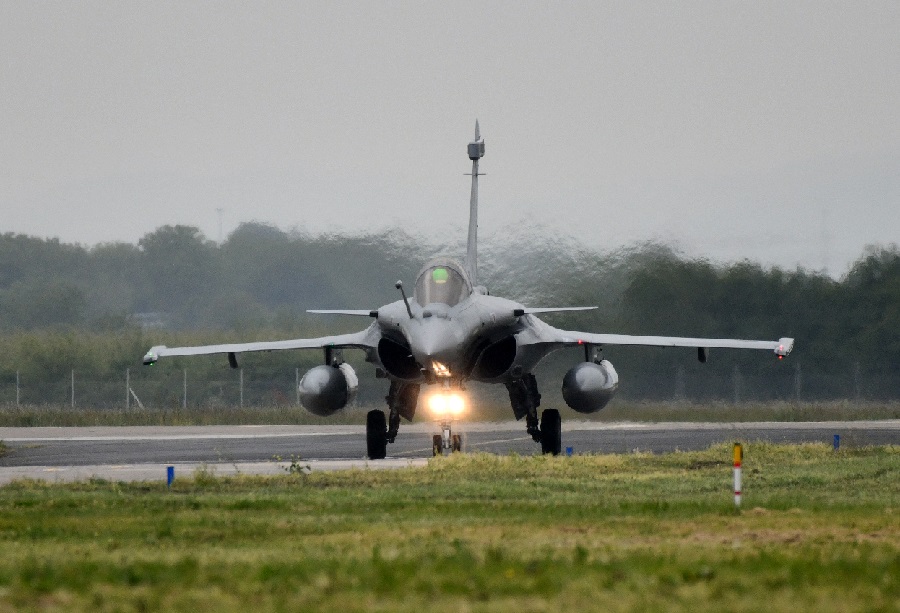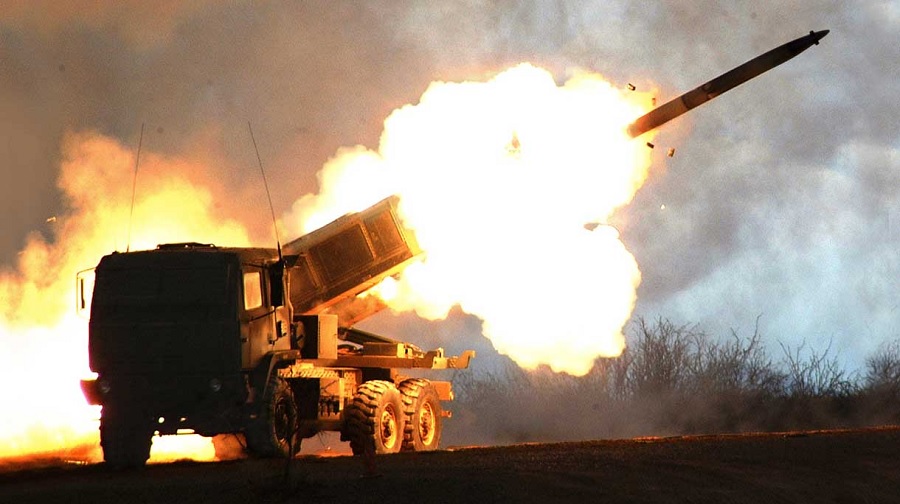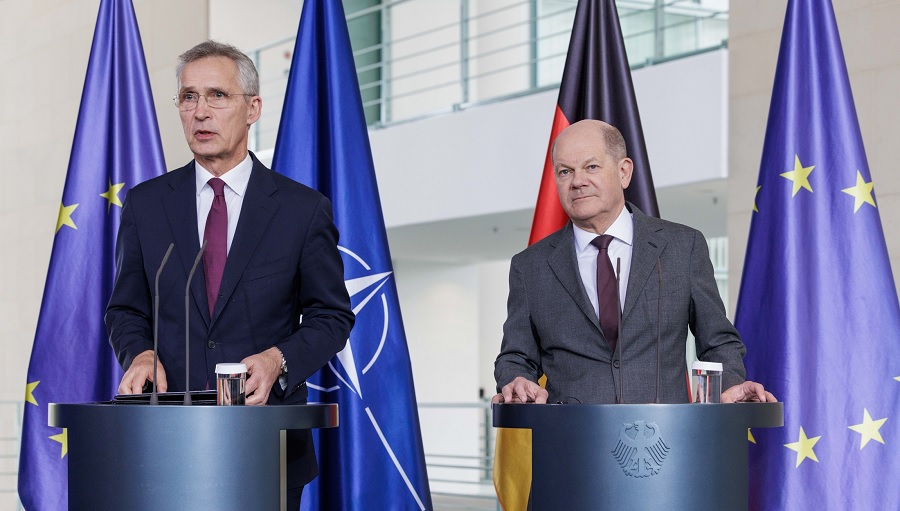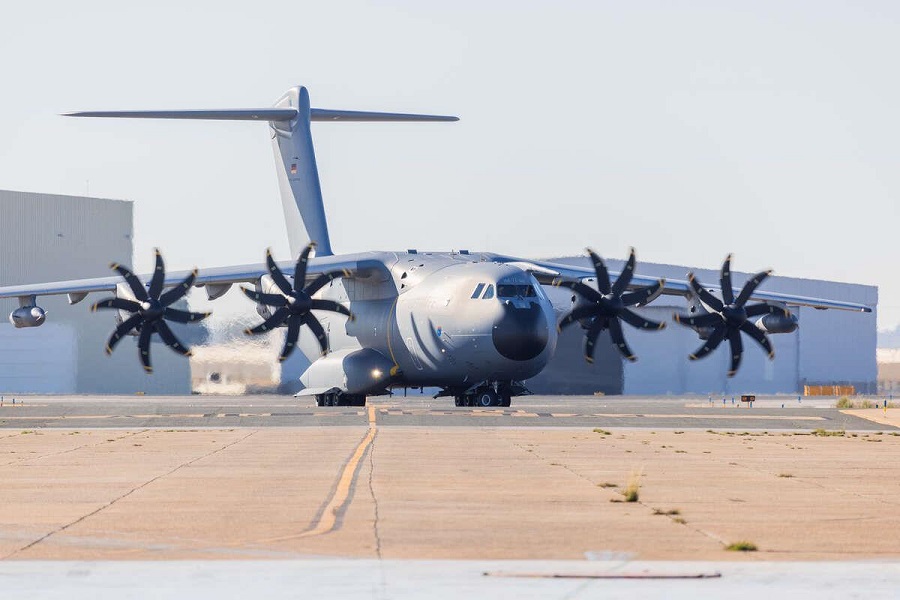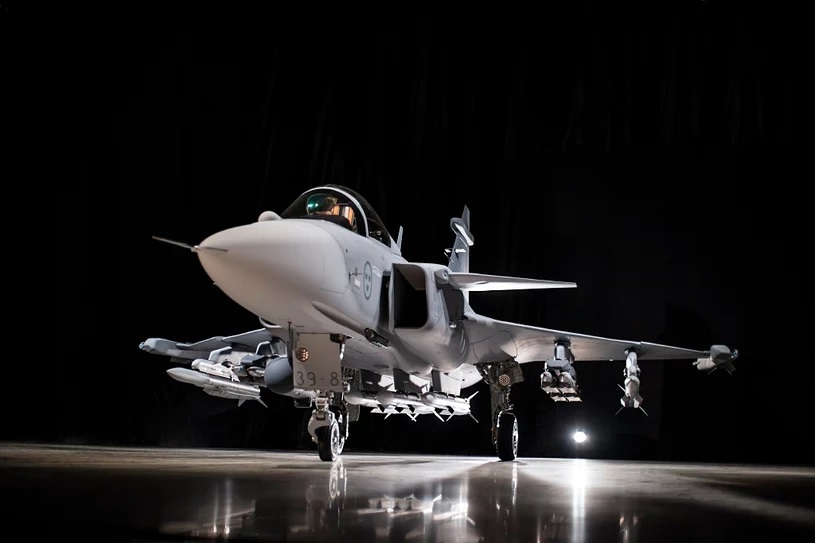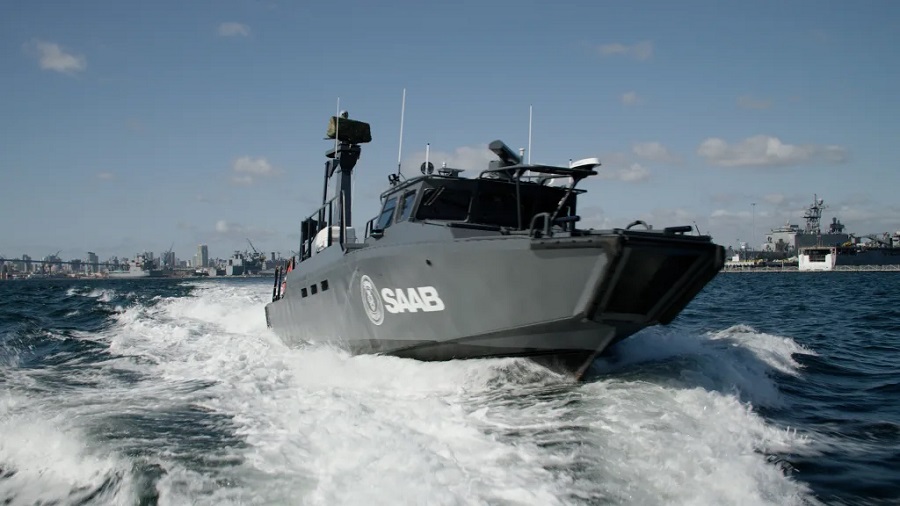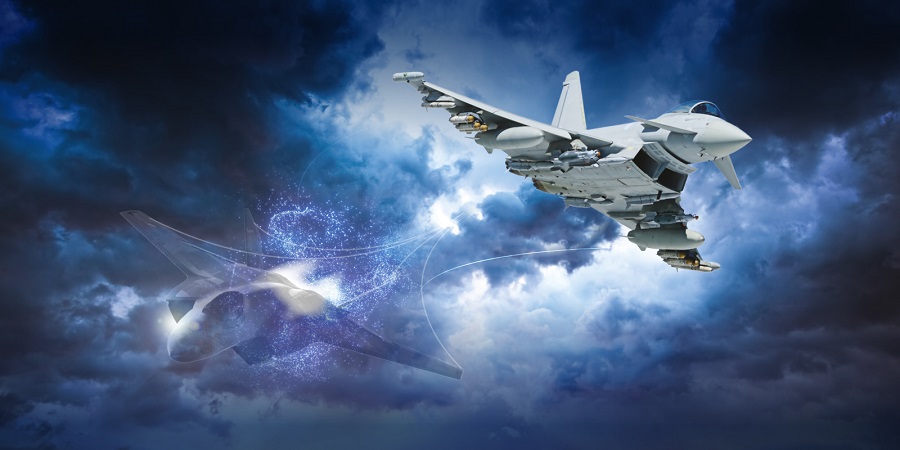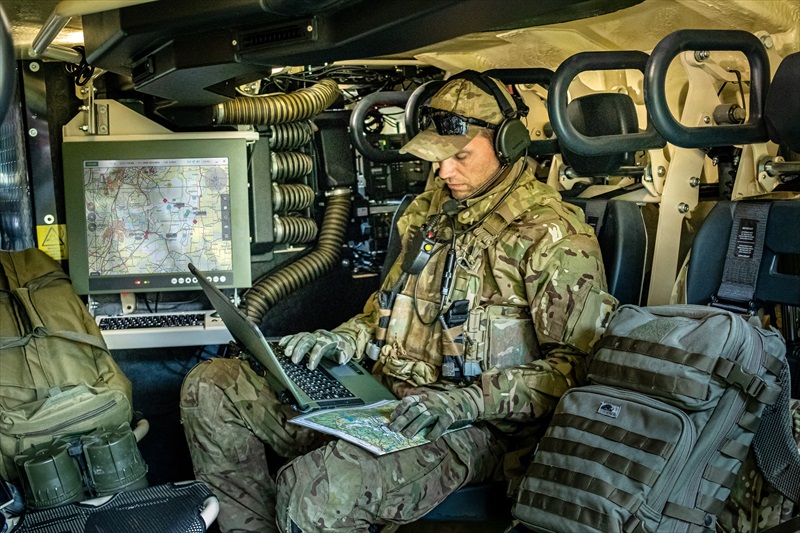Introduction
Unmanned systems have become indispensable in both civilian and military contexts, playing a crucial role in the contemporary operational landscape. These systems have the potential to transform the way military operations are conducted, offering improved efficiency, reduced risks to human personnel and enhanced collaborative capabilities. Nevertheless, realising their full potential requires overcoming interoperability challenges to enable diverse unmanned platforms to work together effectively when integrated within a mission operation network. The European endeavour to tackle this challenge is pursued through the Interoperability Standards for Unmanned Armed Forces Systems (INTERACT) project, aiming at developing a common basis for a European interoperability standard to enhance military operation capability. This Info Flash explores the growing capabilities of unmanned systems in military operations and delves into the complex challenge of interoperability, highlighting the role of the European INTERACT project in the enhancing efficiency and cooperation capabilities of European armed forces.
Exploring unmanned systems in military applications
Unmanned systems are technological advancements that are researched and explored not only for civilian applications but also for the military domain. According to the former President of the AeroSpace and Defence Industries Association of Europe, Eric Trappier, ‘unmanned systems [represent] a key capability in today’s operational environment, at the national level and in operations abroad’. Indeed, unmanned systems can serve as valuable complements to existing platforms, especially in tasks considered to be monotonous, physically demanding and potentially unsafe for human operators, where they can improve efficiency and effectiveness while offering safer alternatives for human personnel.
As will be outlined later in the text, the goal is to use unmanned systems as integrated entities within a mission operation network, hereafter referred to as network (Tärnholm & Liwång, 2022). This integration becomes necessary to enhance collaboration and cooperation among different platforms, which will lead to increased efficiency and effectiveness in various operations. In order to understand the role of unmanned systems and the relevance of developing interoperability standards for their deployment within the military context, it is important to first understand what unmanned systems are and the advantages they offer.
Unmanned systems: definitions, diversity and advantages
An unmanned system can be defined as ‘a powered physical system, with no human operator aboard the principal components, which acts in the physical world to accomplish assigned tasks’. Indeed, these systems can operate with varying degrees of human control: fully autonomous, semi-autonomous, teleoperation and remote control. In order to perform their tasks in a completely autonomous manner or under continuous remote human control, the devices have different configurations including design, set up and equipment or payloads; e.g., sensors, cameras, communication devices and artificial intelligence.
A diverse range of unmanned systems exist, encompassing various domains and operational environments. The following examples highlight the diversity of these systems, each tailored to specific roles and settings. Unmanned Ground Vehicles (UGV) are used for land-based tasks, while Unmanned Aerial Vehicles (UAV) are designed for airborne missions; Unmanned Maritime Vehicles (UMV) are deployed for water-based operations, whether they are unmanned underwater vehicles (UUV) designed for subaquatic exploration, or unmanned water surface-borne vehicles (USV) intended for tasks on the water’s surface. Additionally, the category extends to unattended munitions (UM), which include remotely activated explosive devices and unattended ground sensors (UGS) for information gathering.
The use of unmanned systems in the military domain offers numerous advantages across various types of missions, encompassing surveillance, reconnaissance, intelligence, logistics, combat missions and search-and-rescue operations. Key advantages to consider include the reduced risk to human personnel on manned platforms, especially when the mission or task needs to be carried out in hazardous environments. Furthermore, they enhance surveillance and situational awareness by operating for extended periods, accessing remote areas and providing real-time data, through payloads such as cameras and sensors, for better decision-making during missions.
Moreover, they enable more accurate targeting, minimise collateral damage, reduce risks from human errors and enhance detection avoidance (Frąckiewicz, 2023). Additionally, unmanned systems can adapt to different environments and tasks by virtue of their diverse sizes and configurations, providing for rapid deployment and reconfiguration options to suit diverse mission needs. Finally, they are valuable tools for training and simulations, allowing military personnel to operate in a controlled and secure environment.
Military activities and network-centric operations
Considering the military context, in particular the defence sector, attention is given to the implementation of military activities that are ‘network-centric […] and distributed operations’. In other words, the deployed systems, especially unmanned systems, have to be integrated within a network, which will enable them to share information, resources and capabilities in a smooth and effective manner, hence allowing for cooperation during missions. Moreover, the integration of an unmanned system within a network has the purpose of allowing remote control from every user on the network, even if they are geographically distant.
However, in practice, an unmanned system is a single platform connected to its own dedicated Ground Control Station (GCS) and each unmanned system, be it a UGV, UAV or a UMV, is characterised by a ‘specific path for command and control (C2) and data dissemination’. Therefore, there is a distinct communication protocol that provides for direct communication between the GCS and the platform and limits the command of the platform to a single operator. Considering this, the drive towards network-centric military activities that require distributed control within the network underscores the need to develop interoperability standards. Indeed, these standards facilitate the integration of diverse and heterogeneous systems within the network.
Enabling seamless cooperation: the significance of interoperability in military activities
As previously mentioned, unmanned systems are increasingly being used in various contexts, playing a crucial role in both existing and future operational scenarios. The deployment of unmanned systems brings forth several advantages, including enhanced operational efficiency, reduced risks to human personnel and improved collaborative capabilities. Nonetheless, these advantages rely upon the capability of systems working together smoothly and efficiently while jointly conducting a military operation. This underscores the crucial importance of achieving interoperability. However, it must be noted that the concept of interoperability encompasses different domains and can outline different types of interoperability.
In the context of military activities, interoperability facilitates cooperation in joint operations among diverse military entities, which may encompass both multiple nations and different branches of the military (army, navy, air force). Interoperability enables forces, units or systems to seamlessly operate in concert. This relies on the sharing of common doctrines, procedures, infrastructure and bases, enabling effective communication. Moreover, interoperability does not necessarily require identical military equipment; instead, the emphasis lies on the equipment’s ability to communicate effectively and share facilities.
According to the 1967 U.S. Department of Defense definition, interoperability can be described as ‘the ability of systems, units or forces to provide services to and accept services from other systems, units, or forces and to use the services so exchanged to enable them to operate effectively together’. This definition is versatile in addressing various types of interoperability; indeed, the term systems may imply technical types of interoperability, such as ‘communications, electronic, application, and multi-database interoperability’ (Ford et al., 2007). Concerning the terms units and forces, they denote operational types of interoperability, which are considered non-technical interoperability types together with ‘organisational, operational, process, cultural, and coalition interoperability’.
Considering the information provided, attaining interoperability entails the capacity of heterogeneous unmanned systems (UGV, UAV, and UMV), even those originating from different manufacturers, to collaboratively operate, share information and communicate seamlessly. The resulting harmonious functioning enables the achievement of objectives without encountering obstacles or disruptions. In order to achieve this degree of interoperability, it is important to develop standardised protocols and specifications to design unmanned systems that can seamlessly interact and cooperate. Another important factor to consider is the multitude of organisations and manufacturers engaged in the research and development of unmanned systems, along with the establishment of standardisation protocols. This diversity leads to a wide range of initiatives and activities aimed at enhancing interoperability for unmanned systems.
Empowering European defence with the INTERACT project
Upon comprehending the importance of interoperability and the reasoning behind standardisation, the stage is set for introducing the European initiative. In 2019, the Preparatory Action on Defence Research (PADR), a precursor programme of the European Defence Fund, launched a call for proposals on the topic of interoperability standards for military unmanned systems. The call was awarded to the INTERACT project, with a grant of approximately €1.5 million. The project started on 1 June 2021 and had a 24-month duration, shorter than originally envisaged for 26 months. The project involves 19 participants from 11 countries and is coordinated by the German Fraunhofer Institut für Optronik, Systemtechnik und Bildauswertung IOBS.
As mentioned earlier, the interoperability concept extends across diverse contexts and holds various definitions. Therefore, the objective of the INTERACT project is to research and elaborate a comprehensive definition aiming at ensuring interoperability and standardisation across a range of unmanned systems, equipment, components and procedures across different industries within Europe. The resulting common basis for a European interoperability standard is intended to bolster the capabilities of European armed forces ‘by integrating the technical knowledge and operational experience available in Europe on control, monitoring, and application of unmanned systems’. The interoperability standard will facilitate the deployment of unmanned systems in different configurations, offering flexibility and versatility. These configurations include singular deployment, collaboration between manned and unmanned assets and autonomous swarm or remote control operations.
The development of an interoperable open architecture encompassing the formulation of a comprehensive set of interoperability concepts and selected standards will address the absence of a Standardisation Agreement for Unmanned Systems with respect to control in a multi-domain setting. This serves as the fundamental cornerstone to enable compatibility among unmanned systems, which is particularly relevant for military operations conducted among heterogeneous systems. Especially focusing on military systems, the INTERACT project suggests the adoption of Standardisation Agreements (STANAGs) from NATO. Indeed, considering that these agreements are specifically tailored for the military context, they are expected to provide a more suitable solution to promote compatibility among military systems.
Moreover, the project seeks to enable the hand-over of platforms among control nodes that adhere to the INTERACT standards. In April 2023, a tabletop demonstration showcased the interoperability potential; the simulation successfully displayed the feasibility of a smooth transition of control over an unmanned system from one control station to another, even across allied nations. This underscores that the efforts of the INTERACT project align with the previously mentioned goal of attaining network-centric military activities with dispersed control across the network.
The INTERACT project has a comprehensive approach to system interoperability. On one hand, the project focuses on intra-system interoperability, which addresses the incorporation of advanced technologies, equipment upgrades and new payloads within an unmanned system. On the other hand, the project works on inter-system standardisation to enable heterogeneous systems to communicate smoothly and efficiently in joint operations. In addition, the INTERACT project tackles the interaction between the human operator and unmanned systems through the proposal of a common design for user interfaces, ensuring continuity in the operation of the systems.
Conclusion
The research and development of unmanned systems for military applications is reshaping the landscape of modern defence operations. However, a key element in unlocking the full potential of unmanned systems lies in attaining system interoperability. This is fundamental to enable heterogeneous unmanned systems to seamlessly cooperate, regardless of manufacturing sources and national provenience. Therefore, it is essential to develop standardised protocols that facilitate communication, information exchange and collaboration in joint operations among unmanned systems integrated within a mission operation network.
Considering that the concept of interoperability spans diverse contexts and encompasses multiple definitions, the role of the INTERACT project in providing conceptual clarity and addressing interoperability challenges is fundamental. Indeed, the project aims to create an interoperable open architecture for unmanned systems encompassing the formulation of a comprehensive set of interoperability concepts and selected standards. This will result in enhancing the efficiency and cooperation capabilities of the European armed forces.
Overall, the INTERACT project seeks to create a unified framework for the deployment and coordination of unmanned systems. This framework embraces both intra-system interoperability, which focuses on the seamless integration of components, and inter-system interface standardisation, enabling heterogeneous unmanned systems to collaborate effectively. These efforts will enable the conjoined deployment of multiple and heterogeneous platforms in a well-coordinated manner, ensuring compatibility and performance, irrespective of national provenance and manufacturers’ origins. As demonstrated by the tabletop exercise conducted in April 2023, the INTERACT project is a step forward towards achieving seamless and efficient mission execution, for instance with respect to the feasibility of handover across nations.
This article was originally published on the website of Finabel – European Army Interoperability Centre.


